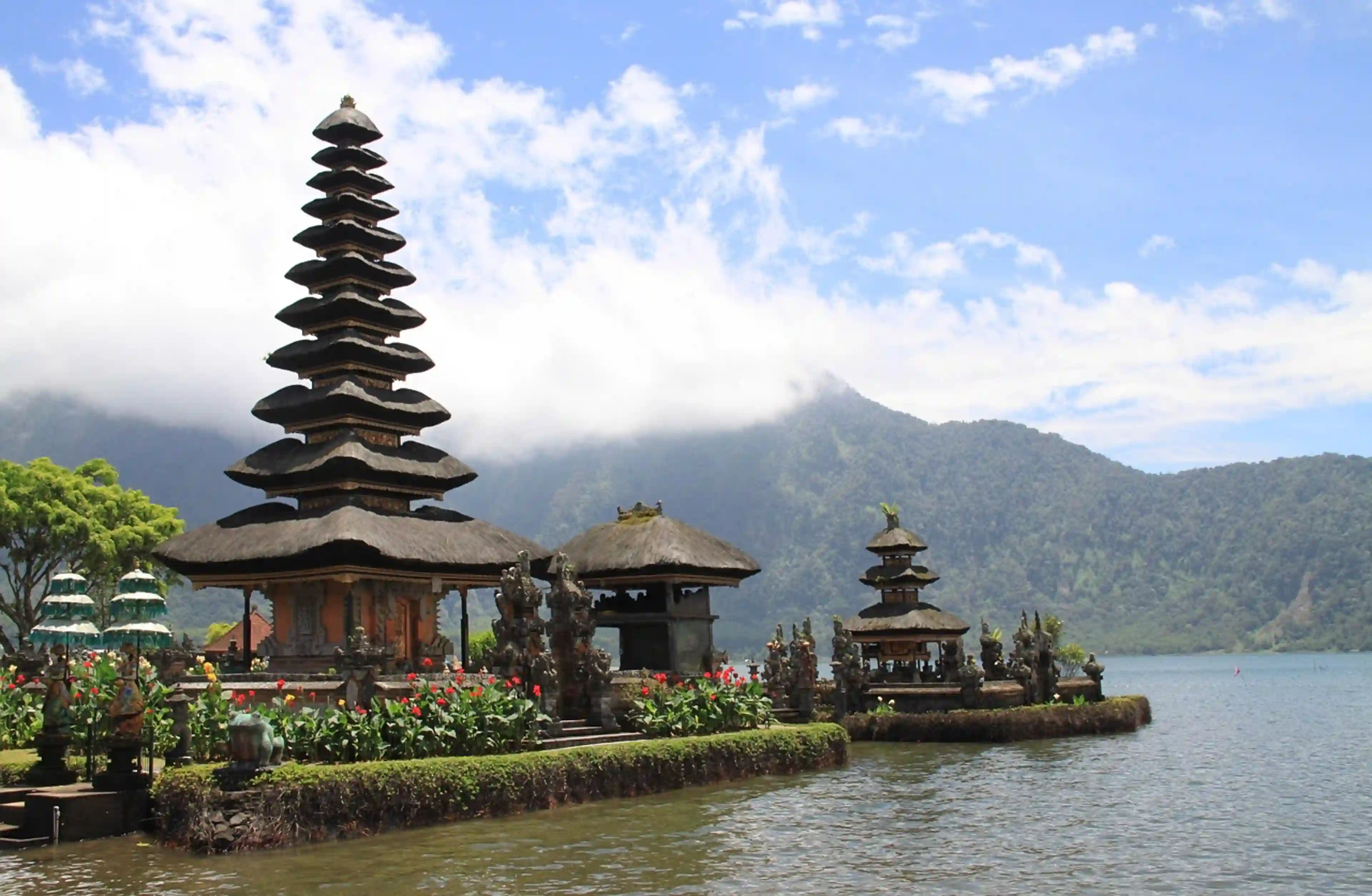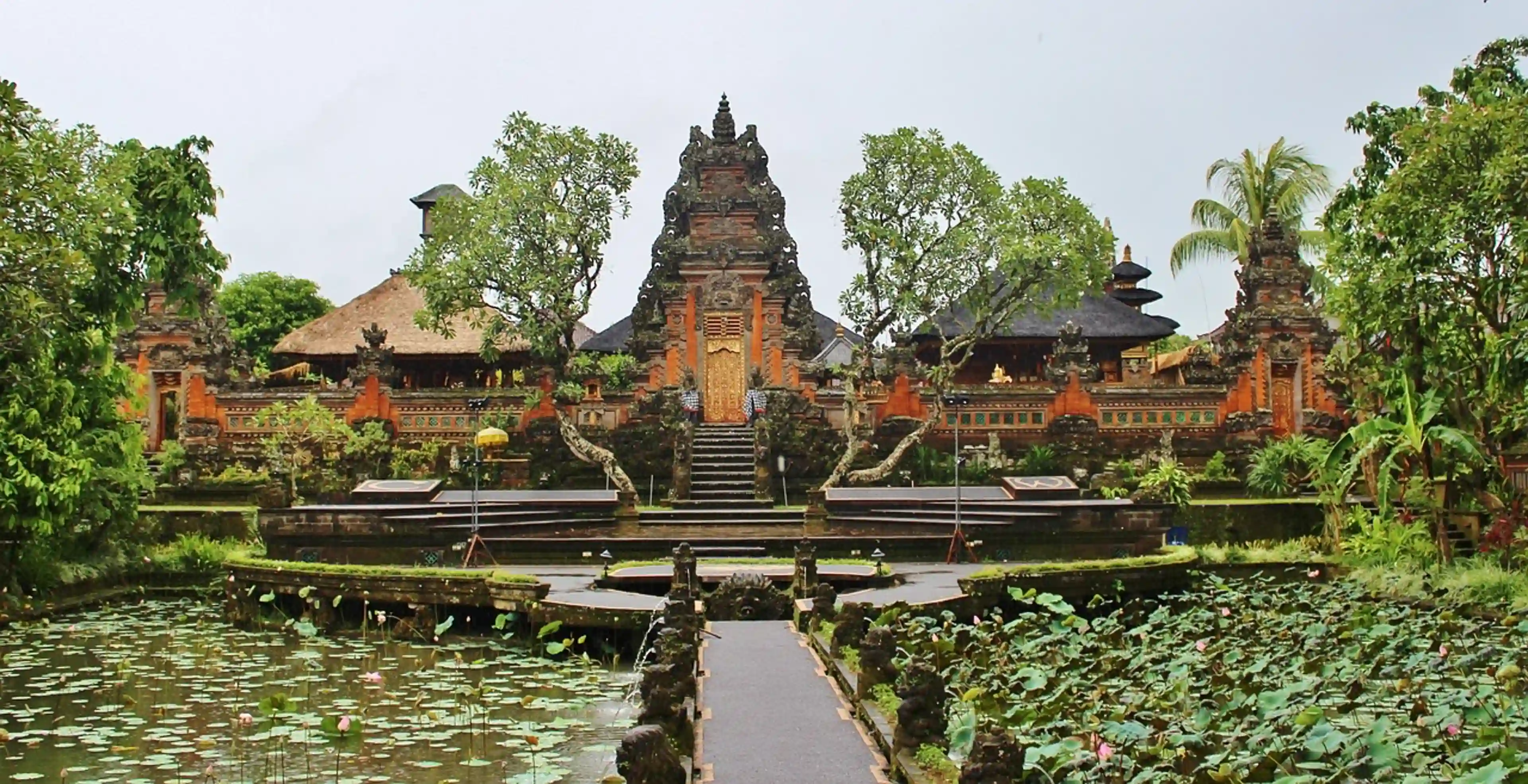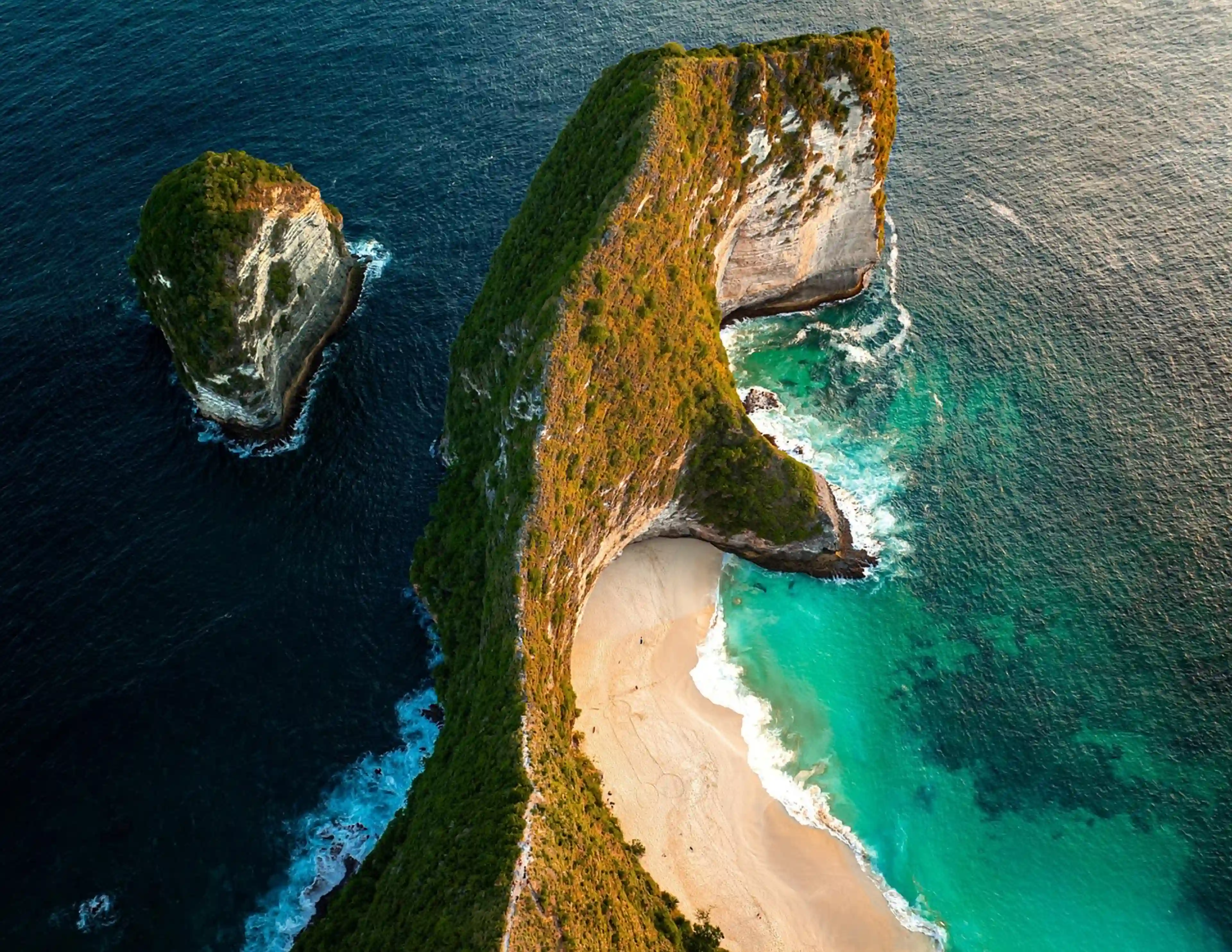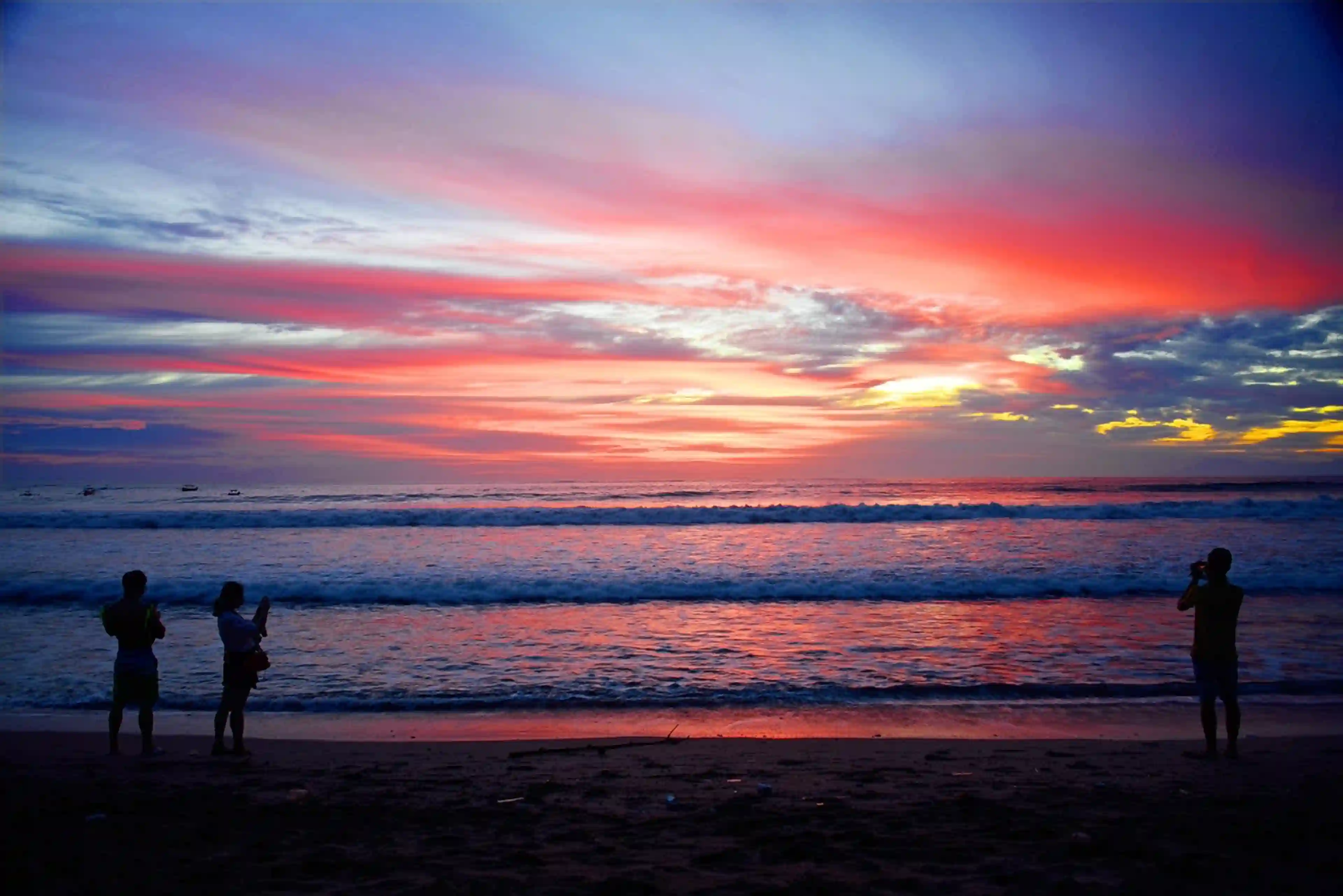Bali
General presentation
Top 50
History, culture & traditions
Travel advice
Wikipedia
Viator activities
Tiqets activities
Overall presentation
Nicknamed "the island of the Gods," this Indonesian destination captivates with its extraordinary landscape diversity and rich culture. From fine sandy beaches to terraced rice paddies sculpted on hillside slopes, not to mention the majestic volcanoes that dominate the horizon, every visitor discovers a territory with a thousand faces. The local culture, deeply imbued with Hinduism, expresses itself through enchanting traditional dances, temples adorned with delicate sculptures, and vibrant festivals. This harmony between natural beauty and cultural authenticity makes the island a sought-after destination for travelers from around the world in search of escape and discovery.
Geographical situation
The island occupies a strategic position in Indonesia, constituting the westernmost of the Lesser Sunda Islands. Nestled between Java to the west and Lombok to the east, it is located approximately 8 degrees south of the equator. The territory spans about 140 km from east to west and 80 km from north to south, covering an area of 5,637 km². This privileged location makes it a natural crossroads between the various islands of the Indonesian archipelago.
Atmosphere and character
The island's unique atmosphere arises from the harmonious meeting of traditional spirituality and dynamic modernity. Coastal areas like Kuta and Seminyak buzz with festive energy, attracting surf enthusiasts and nightlife lovers to their lively bars and clubs. Inland, peaceful havens like Ubud offer a more serene ambiance focused on art, meditation, and well-being. This remarkable diversity of atmospheres allows each visitor to tailor their stay according to their aspirations, whether they seek adventure, relaxation, or cultural enrichment.
Climate
The territory enjoys a pleasant tropical climate characterized by two distinct seasons:
- Dry season (May to October): a favored period with sunny days and particularly pleasant temperatures
- Rainy season (November to April): marked by short but intense showers, usually in the late afternoon, and a higher humidity level
Average temperatures pleasantly range between 25°C and 30°C throughout the year, ensuring favorable weather conditions regardless of the time of visit.
Best time to visit
The ideal period extends from May to October during the dry season, when the sunny climate and rare rainfall create perfect conditions for all activities. The months of June and September deserve particular attention: they offer the best compromise between favorable weather conditions and moderate tourist influx, allowing full enjoyment of the sites without the crowds of peak months.
Access
Ngurah Rai International Airport, located near Denpasar, serves as the main entry point, welcoming numerous international and domestic flights. This modern infrastructure facilitates the arrival of visitors from around the world. For those who prefer a more maritime approach, ferry services regularly connect the island to neighboring territories, notably Java and Lombok, offering a picturesque alternative to flying.
Internal transport
The island offers various transport options suited to different budgets and preferences:
- Scooter: the preferred mode of transport for locals, offering flexibility and affordability, but requiring particular vigilance due to dense traffic
- Car with driver: a comfortable solution ensuring safe and stress-free travel, particularly appreciated for long excursions
- Taxis: available in tourist areas, with the recommendation to negotiate the fare before departure
- Bemos: economical local minibuses offering an authentic experience, although less comfortable and limited to fixed routes
It is worth noting the absence of a railway network on the island, making these land options even more essential for internal travel.
Top 50
Wikipedia
Viator activities
Tiqets activities



